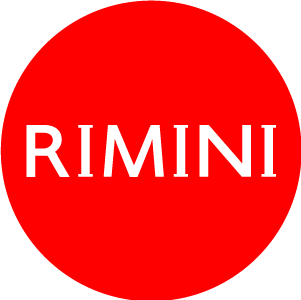Sangiovese is the most important wine of the local tradition in Romagna, as the Sangiovese grape variety is widespread nationally and contributes to the production of wines of great strength and flavor, for example, Chianti and Brunello di Montalcino.
Despite this, the Sangiovese of Romagna is actually typical of this area and was the first to be recognized as one of the DOC wines of Romagna (Protected Appellation of Origin).
The D.o.c. (Protected Appellation of Origin) provides the types of wines called Novello, Superiore and Reserve. The new wine (Novello), made with at least 50% of wine from carbonic maceration of the grapes, is an explosion of scents, colors and youthful exuberance. Sangiovese Superiore can lead qualification if the grapes come from a limited area within the production area and ensure a minimum alcohol content in wine by 12% and can be sold only from 1st April of after the harvest, while with 2 years of aging can lead qualification Reserve.
The first historical information on the Sangiovese wine date back to 1600, while the origin of its name refers to a legend: one day the Capuchin friars of the convent in Santarcangelo, who cultivated the vineyards and produced a fabulous red wine, hosted a prominent guest in their convent. On that occasions the friers offered him their wine and he was so impressed by its flavour that he asked for its name. But the friars had never thought of giving it a name. One of them improvised and replied that the wine was called Sanguis Jovis (blood of Jupiter), inspired by the name of the hill on which the convent (known as "Jupiter") stood and the intense color of the wine, red as blood. As time passed-by the name became "Sangiovese".
The Sangiovese is the symbol of the Protection of the Wines of Romagna Consortium founded in 1967 with the aim of protecting the Romagna Wines and supervising the DOC, Protected Appellation of Origin. The image of the legendary bandit of Romagna in 1800, known as the Passatore, is the brand of the consortium.


